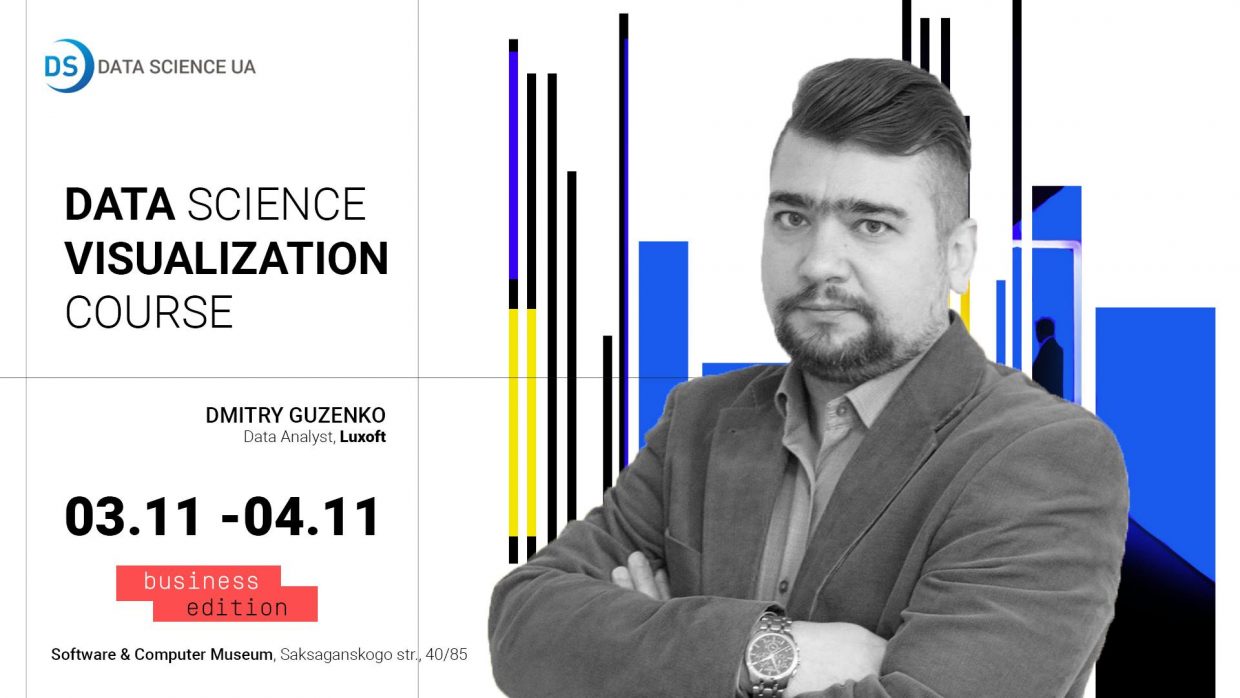In the course you will find the answers to the questions:
- Practices and approaches for qualitative visualization. What mistakes should be avoided? How to make the data speak for itself and show the necessary insights?
- What does the term Self BI mean?
- How to render the visualization fast without programming and give others access to the created visualization within the organization or even beyond its borders?
- How to do it with such tools, for the use of which companies would not have to pay money, or the cost would be very affordable, and the result is highly professional?
The course is designed to provide practical skills for all participants in the course and teach you to work with three systems: Microsoft Power BI, QlikView, and Tableau.
These are recognized leaders in visualization. Ability to use them is a necessary skill for a modern specialist.
The course is based on the study of officially free products available to everyone:
- MS Power BI Desktop
- QlikView Personal Edition
- Tableau Desktop Public Edition
Also, for Data Science and machine learning projects, a deeper analysis of data is required, which is implemented with the help of R and Python tools. Part of the course is devoted to the study of some basic visualization capabilities using popular R and Python libraries.
